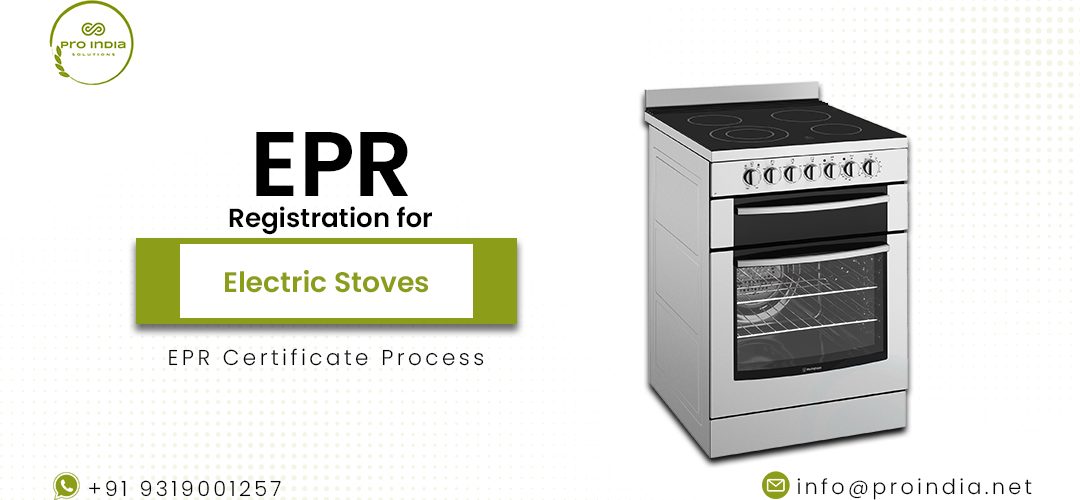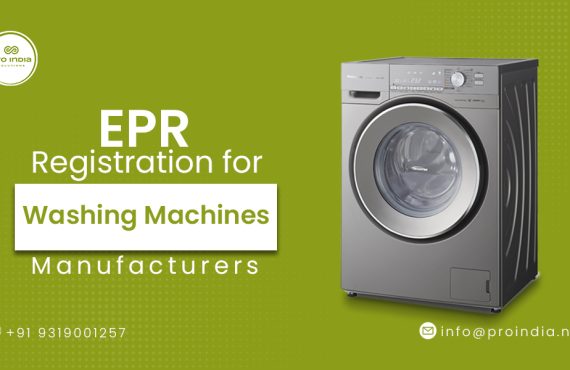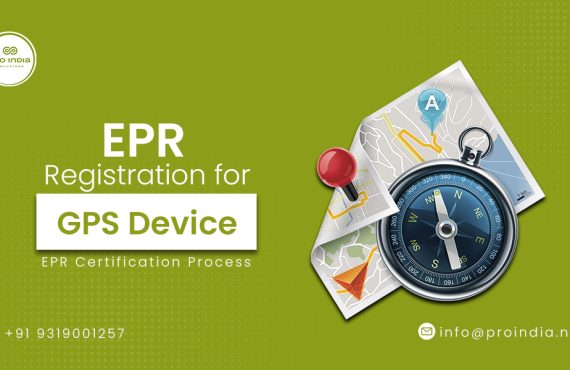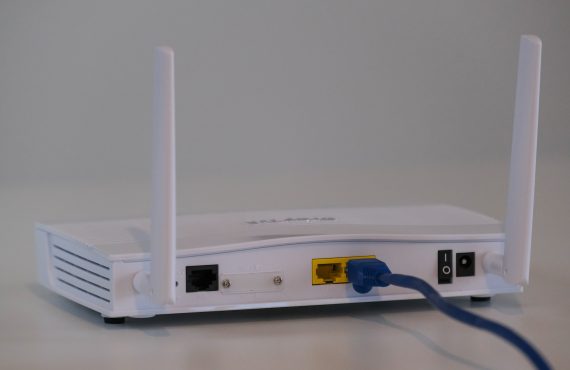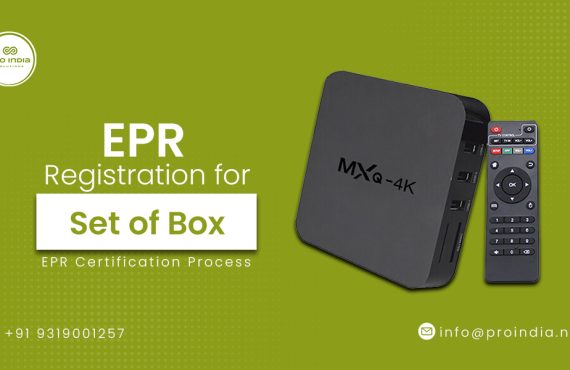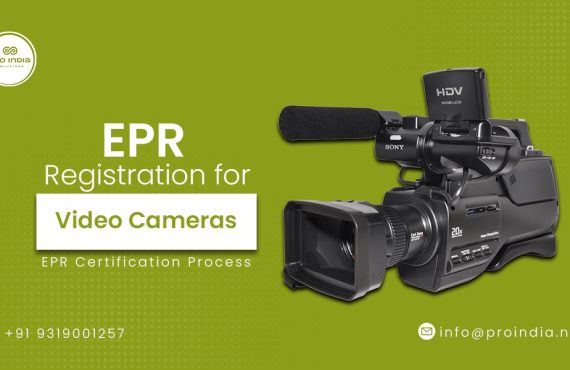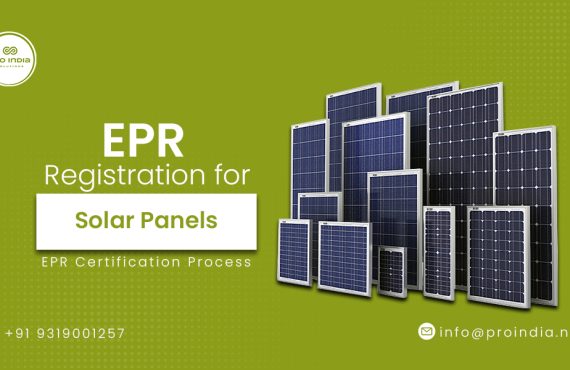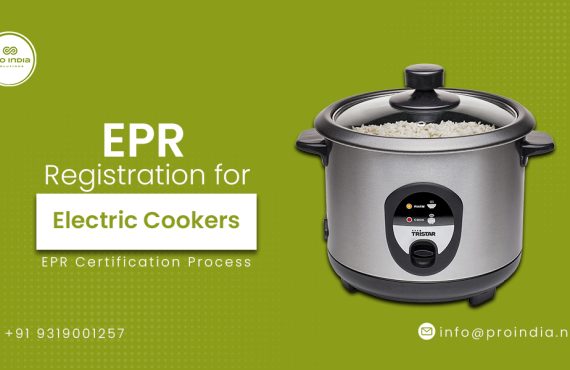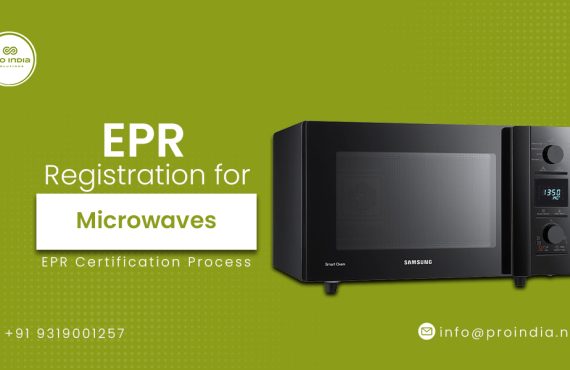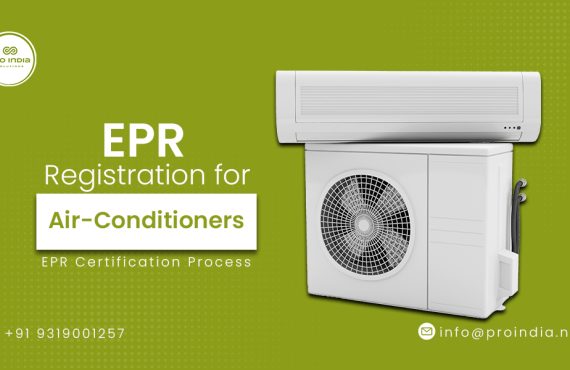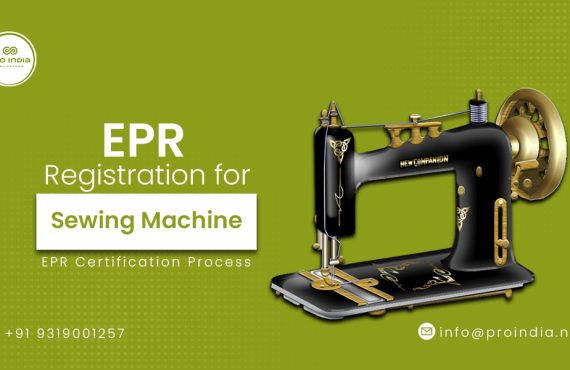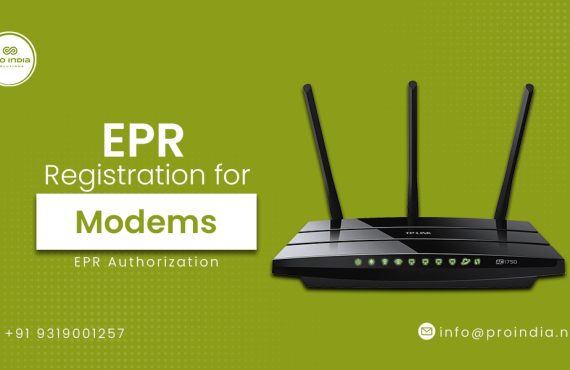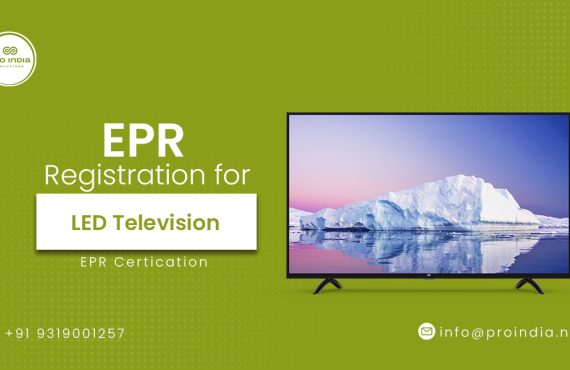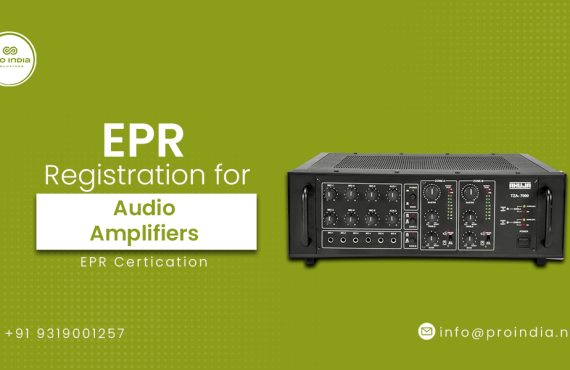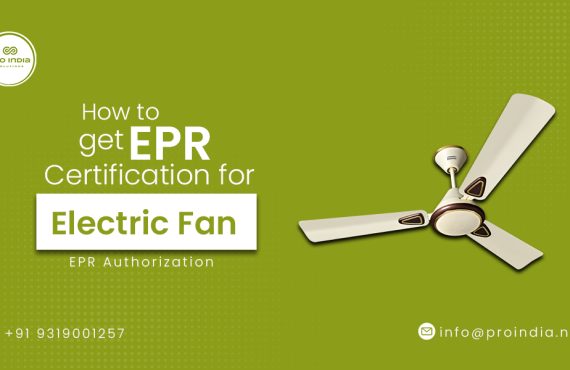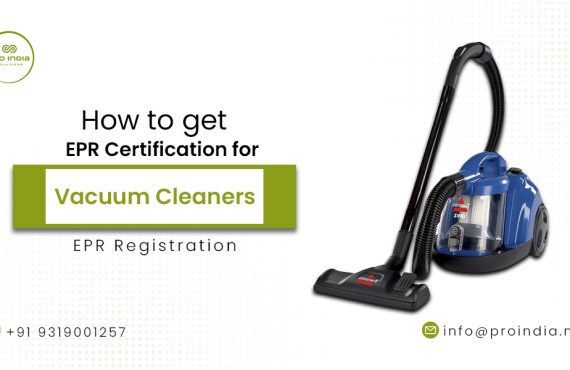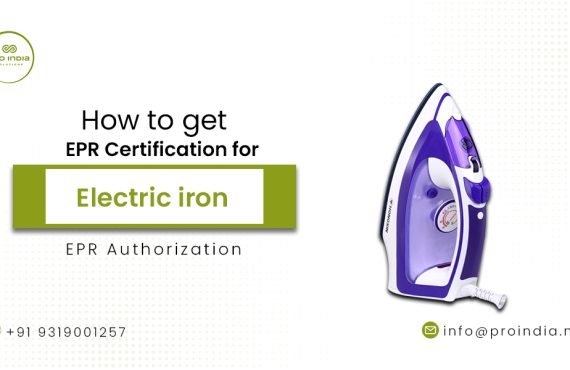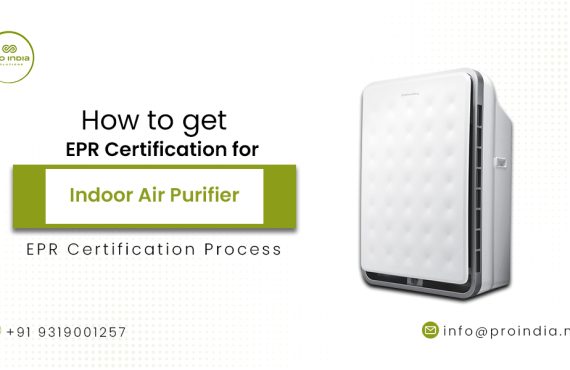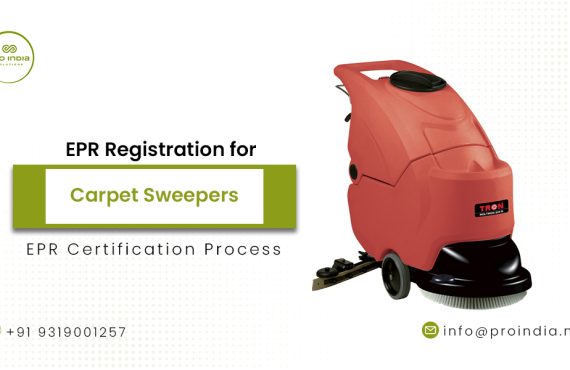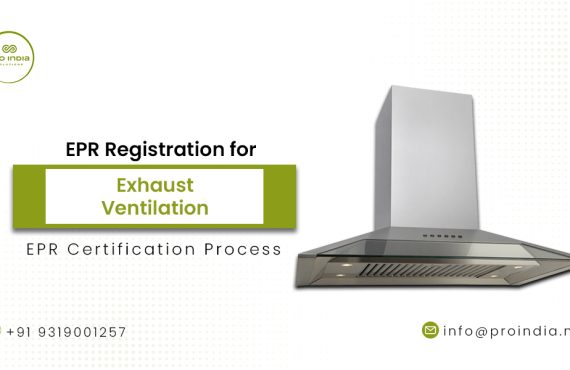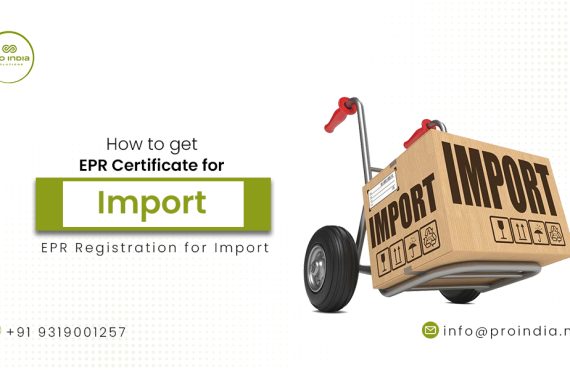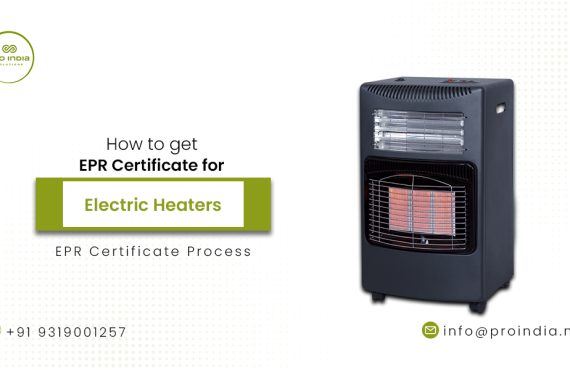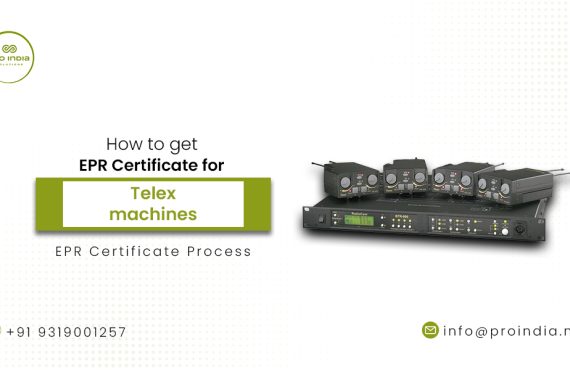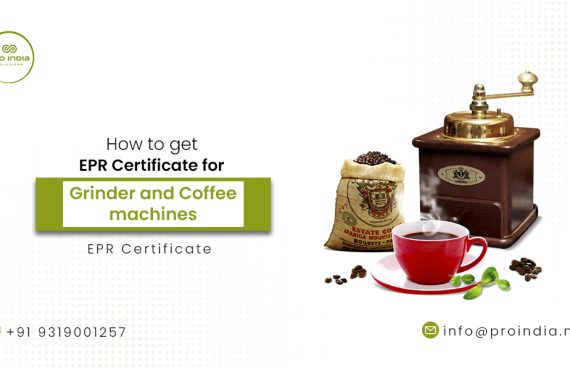Introduction:
- Explain in a few words what Extended Producer Responsibility (EPR) is and why it is important for environmental sustainability.
- Emphasize the necessity for efficient disposal and recycling of the electronic waste produced by electric stoves, which is of growing importance.
- Understanding EPR and Its Relevance to Electric Stoves: This section provides a comprehensive understanding of Extended Producer Responsibility (EPR) and its connection to electric stoves. It explains the concept of EPR and how it applies to the lifecycle of electric stoves. Additionally, it discusses the environmental impact of electric stoves and highlights the benefits of EPR registration and certification for this specific appliance.
- Exploring the EPR Registration Process for Electric Stoves: Here, you delve into the details of the EPR registration process for electric stoves. You discuss the specific requirements and obligations involved in registering electric stoves under EPR programs. This includes the documentation needed, the responsible parties, and the application process. Furthermore, you address common challenges that may arise during the registration process and provide tips for a successful outcome.
- The Significance of EPR Certification for Electric Stoves: This section focuses on the importance of EPR certification for electric stoves. You explain what EPR certification entails and its purpose in ensuring compliance with environmental standards and regulations. Moreover, you highlight the benefits and value that EPR certification brings to manufacturers of electric stoves.
- Step-by-Step Guide to EPR Certification for Electric Stoves: This is a detailed step-by-step guide that outlines the process of obtaining EPR certification for electric stoves. Each step is explained thoroughly, from conducting environmental impact assessments to implementing recycling and disposal programs. The guide covers documentation, compliance preparation, the application review process, auditing, and the issuance of the EPR certificate.
- EPR Certification Labels and their Significance: In this section, you explore the significance of EPR certification labels. You explain what EPR certification labels are and how they help consumers identify products that meet EPR standards. Additionally, you discuss the marketing and branding opportunities that arise from utilizing EPR labels on electric stoves.
- Challenges and Solutions in EPR Registration and Certification: Here, you address the common challenges that may arise during the EPR registration and certification processes. These challenges could include complex regulations or technical requirements. You offer practical strategies and solutions to overcome these challenges, ensuring a smoother and more successful experience.
- Case Studies: Successful Implementation of EPR for Electric Stoves: This section provides real-life case studies of electric stove manufacturers who have successfully implemented EPR registration and certification. You highlight their experiences, lessons learned, and best practices, offering valuable insights to readers.
- How to get an epr certificate for an electric stove:
- To obtain an Electrical Product Recognition (EPR) certificate for electric stoves, certain steps need to be followed. The EPR certificate is a crucial document that demonstrates the compliance of the electric stove with the required safety and quality standards. Here’s a step-by-step explanation of how to acquire an EPR certificate for electric stoves:
- Determine the applicable standards: Identify the specific safety and quality standards that apply to electric stoves in your target market. These standards may vary based on the country or region where you intend to sell the product. Common standards for electric stoves include electrical safety, electromagnetic compatibility, and energy efficiency requirements.
- Conduct product testing: Engage a reputable testing laboratory or certification body that specializes in electrical product testing. Submit your electric stove for comprehensive testing based on the identified standards. The testing process typically involves evaluating electrical safety, insulation resistance, temperature controls, performance, and other relevant factors.
- Compliance assessment: Once the testing is complete, the testing laboratory will assess the results against the applicable standards. They will verify if the electric stove meets all the necessary criteria for safety and quality. If any non-compliance issues are identified, you may need to modify the product design or make adjustments to ensure compliance.
- Documentation preparation: Prepare the necessary documentation required for the EPR certificate application. This typically includes technical specifications, test reports, user manuals, circuit diagrams, and any other relevant documentation related to the electric stove’s safety and performance.
- Application submission: Submit the completed documentation along with the application form to the appropriate certification body or regulatory authority. Pay the required fees for the evaluation and issuance of the EPR certificate.
- Evaluation process: The certification body will review the submitted documentation, conduct a thorough evaluation, and perform additional checks if necessary. This evaluation process ensures that the electric stove meets all the mandatory requirements set by the relevant standards.
- Issuance of the EPR certificate: Upon successful completion of the evaluation process, the certification body will issue the EPR certificate for your electric stove. This certificate serves as proof that your product complies with the required safety and quality standards.
Conclusion :
- Recap the key points discussed throughout the blog post.
- Emphasize the importance of EPR Registration and Certification in promoting environmental sustainability and responsible waste management for electric stoves.
- Encourage manufacturers, consumers, and policymakers to actively participate in the EPR system for a greener future.
- Contact our experts now to meet your compliance requirements


